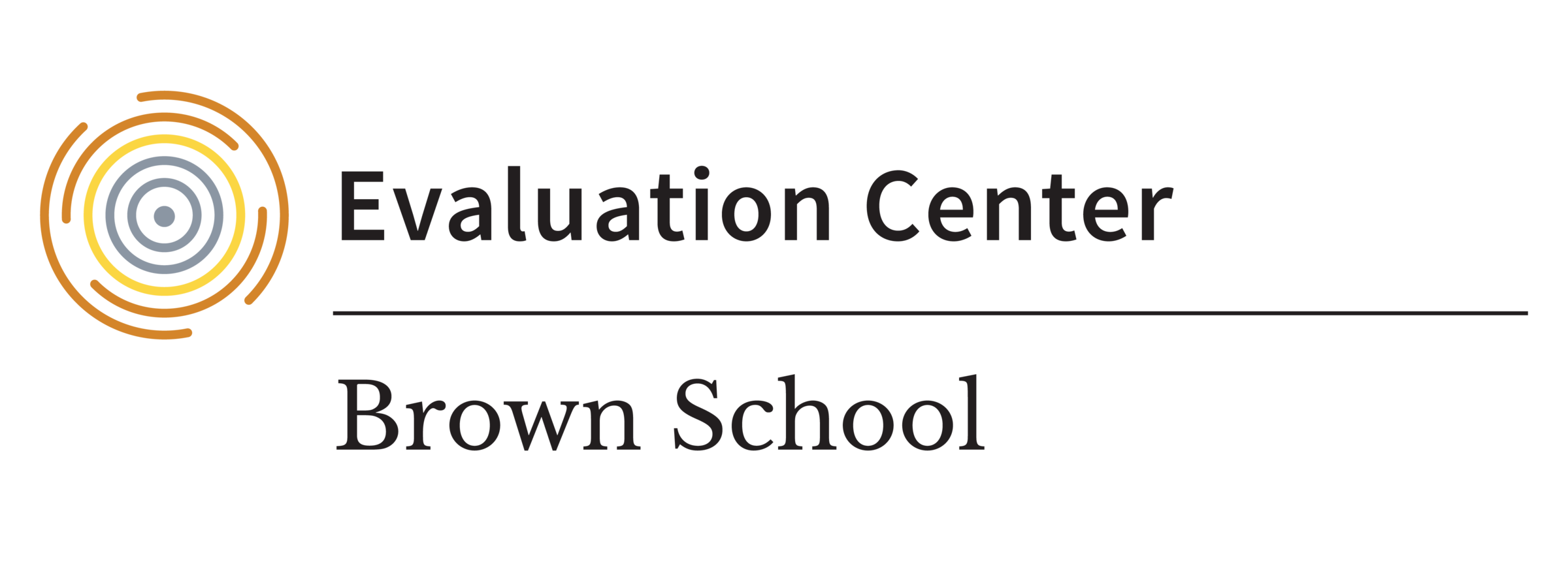Data Visualization & Communication
The Advanced Learning Certificate in Data Visualization & Communication leverages tools like Excel and PowerPoint that are already on your computer to build your skills at visualizing data and communicating it to various audiences.
In a fast-paced world with ever more information surrounding us, the ability to share information succinctly and use data to tell compelling stories has become a vital skill. This certificate program will be helpful to professionals in a range of settings who create reports, presentations, and other communications using data.
Class meetings provide participants with opportunities to learn and apply data visualization best practices for creating charts in Excel and other visuals for dissemination products, such as presentations, dashboards, reports, and one-pagers. Through a variety of activities, participants will build skills to design their own data visualization style guide, supporting impactful visuals for both quantitative and qualitative data. They will also learn to build dissemination plans to reach specific audiences, learn strategies to engage stakeholders with data findings, and gain practice telling stories with data.
Participants are encouraged to work on their own datasets or projects within the program, engaging in class assignments and activities to create products that will be useful for their own agency setting or interests. This certificate program welcomes beginners who are new to data visualization and seeks to build foundational skills. Optional Consultation Session: Participants will have the opportunity to schedule one optional consultation session to receive personalized feedback and guidance on their data visualization and communication projects.
Program details and prerequisites are listed below. Applications for this program will close on February 27, 2026, by 5 pm, US Central Time.


Program:
This 4-session program includes online class meetings on Fridays via Zoom, 8:30 a.m. – 12:00 p.m. (Central Time). Fridays, March 13, March 27, April 10, and April 24, 2026.
- Approximately 4 hours of asynchronous work after each class meeting, including watching videos, assignments, and reading for a total of 30 hours of course content.
Cost:
General Admission: $995
Early Bird Discounted Admission: $945*
*Expires 12/30/25
Continuing Education Information:
30 Missouri/Illinois Social Work CEs
Instructors:
Meihsi Chiang, MSW
Assistant Director, Evaluation & Dissemination, Brown School Evaluation Center
Ann Schmidt, MPH
Mixed Methods Analyst, Brown School Evaluation Center
Questions?
Please contact us at BrownCertificates@wustl.edu or 314-935-7573
Is this program for me?
The Advanced Learning Certificate Program in Data Visualization and Communication will provide professionals with an opportunity to advance their data visualization and communication skills through real-world demonstration and application. This program explores best practices and principles for communicating data to diverse audiences and provides participants with hands-on experience in creating equitable and inclusive quantitative and qualitative data visualization, dissemination products, and storytelling with data. Integrated throughout the course are fundamental practices and strategies for stakeholder engagement to ensure tailored communication of data to diverse audiences and strategies to equip students with not only theory and practice skills but an understanding of how to harness this knowledge to embed the practices within their organizations.
We will be using Microsoft Excel and PowerPoint throughout the program because these tools are widely accessible and commonly used in non-profits, for-profits, academics, and organizations. Foundational understanding of Excel and PowerPoint is required.
By the end of the program, participants will:
- Understand and apply data visualization and communication theories, best practices, and principles to generate their own equitable and inclusive data visualizations.
- Identify best practices for communicating and presenting both quantitative and qualitative data.
- Gain a fundamental understanding of how to apply visualization best practices to creating different chart types in Excel.
- Develop a dissemination plan that includes the identification of tailored products for different stakeholder groups/audiences.
- Understand a process for facilitating stakeholder engagement in data interpretation and communicating and using data,
- Understand strategies and processes for producing data insights strategically and effectively.
Module 1: Science of Communication and Data Visualization Best Practices
We will set the stage for the program by providing an overview of the course and key principles and best practices behind the science of communication and visualizing data, with a focus on applying accessibility and equity into data visuals. This includes exploring the characteristics of a good data visual and learning concepts and applicable steps to achieve accessibility and equity in data visuals. You’ll also discover how to create your own data visualization style guide. Additionally, we’ll delve into the mindset and principles that designers use for color and typography strategies in creating effective and engaging visuals.
Module 2: Quantitative Data Visuals
We will dive into common chart types and the process for preparing to visualize data and how to select chart types that effectively communicate your data. We will then provide how-to demonstrations to apply these principles and best practices to enable participants to create a diverse set of charts in Excel. Then, we provide how-to demonstration videos for map-making and several more advanced and exploratory visualization types.
Module 3: Qualitative Data Visuals and Dissemination Planning
We will provide an overview of best practices and strategies for visualizing qualitative data, followed by how-to demonstrations for creating qualitative visuals. We will dive deeper into the process, steps, and considerations for developing a dissemination plan tailored to meet the needs of different stakeholder groups. We will also provide an overview of common dissemination product types, such as reports, presentations, one-pagers, dashboards, social media posts, and executive summaries. Furthermore, you’ll learn the basic principles of layout and design—such as proximity, alignment, visual hierarchy, and grids—to create visually appealing and effective data products.
Module 4: Storytelling with Data and Data Party
We will introduce data parties, a participatory approach to engaging stakeholders in data analysis and interpretation to help you identify and articulate stories in your data. This will include a mock data party to demonstrate the process and materials for participatory data. We will also cover strategies for storytelling with data to communicate data strategically and effectively.
How to Apply
Complete program applications include:
- Online application form, including statement of purpose (300-500 words)
- Submission of your current resume
Admissions decisions will be made on a rolling basis. Generally, it is possible to provide an admissions decision within two weeks of receipt of a completed application. Applications for this program will close on February 27, 2026 by 5pm, US Central Time.
Admission prerequisites:
- Applicants should have (or be able to obtain) access to a computer that has Microsoft Office (Excel, PowerPoint), along with a webcam and reliable internet service.
- A bachelor’s degree from an accredited university is recommended, but not required for admission.
- All participants must be willing to comply with all Washington University policies.
- Please note that pursuing the Data Visualization & Communication Certificate course while on OPT (Optional Practical Training) is not permitted.
Meet Your Instructors
Meihsi Chiang, MSW
Assistant Director, Evaluation & Dissemination, Brown School Evaluation Center

Meihsi is the assistant director of evaluation and dissemination at the Evaluation Center. She manages projects with a focus on process and outcome evaluation, evaluation capacity, survey design, and quantitative and qualitative data collection and analysis. She offers an extensive background in project management and visual communications. Meihsi brings her creativity and passion for data visualization together to develop products and approaches that communicate research data and evaluation findings in meaningful and understandable ways. She also co-manages the center’s brand and visual presence, including website design and marketing materials.
Ann Schmidt, MPH
Mixed Methods Analyst, Brown School Evaluation Center

Ann is a mixed-methods data analyst at the Evaluation Center with experience in program evaluation, qualitative research, data analysis, dashboard development, and data visualization. She is proficient at using tools like Excel and Airtable to simplify data collection, organization, and analysis. Her work helps partners make sense of their data by using visual tools to support shared understanding and action. She also works with partners to build their capacity for creating data visualizations. Ann facilitates workshops on Excel and qualitative data collection and analysis for project partners and the Brown School’s Professional Development program.
Testimonials
We are proud to offer this certificate program for the 6th consecutive year! Here’s what previous cohorts have said about the program.